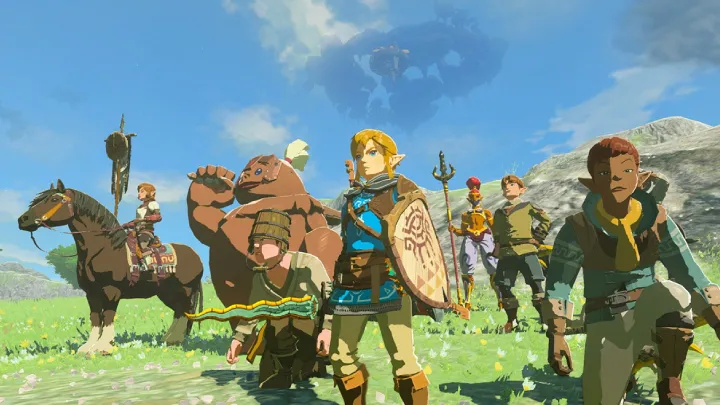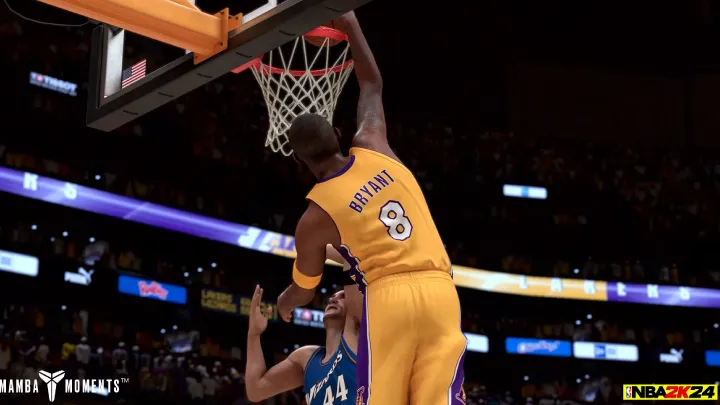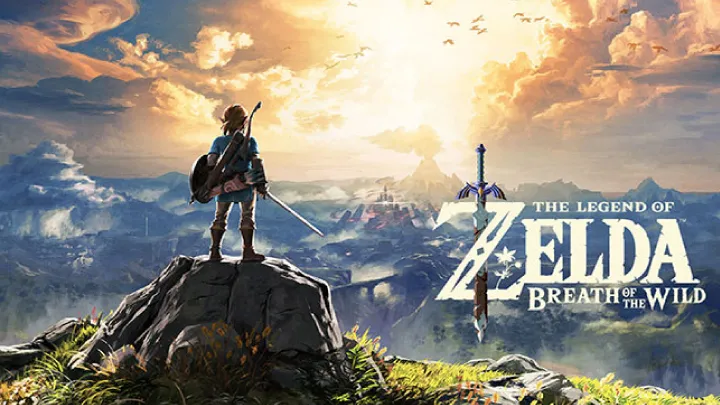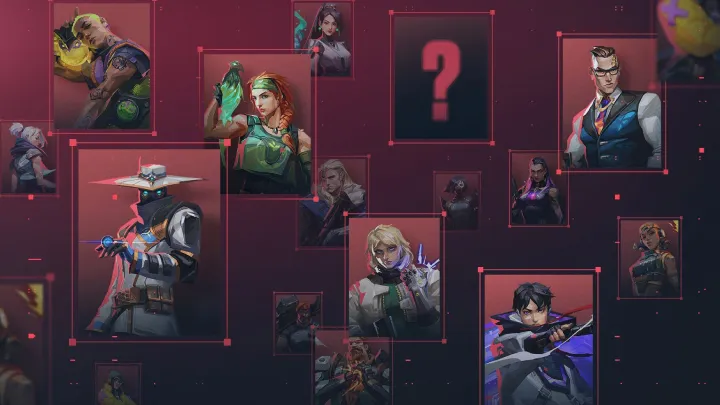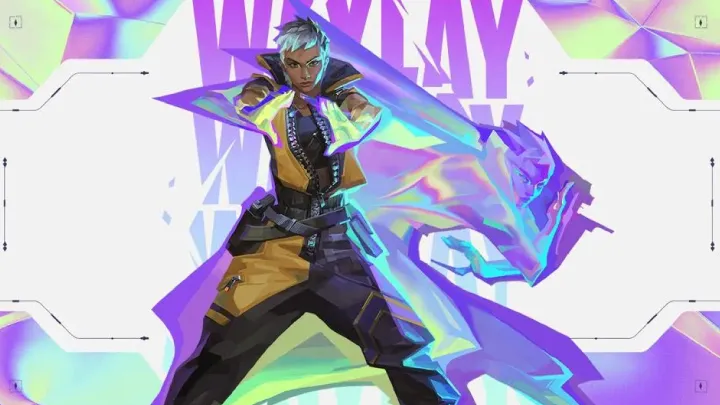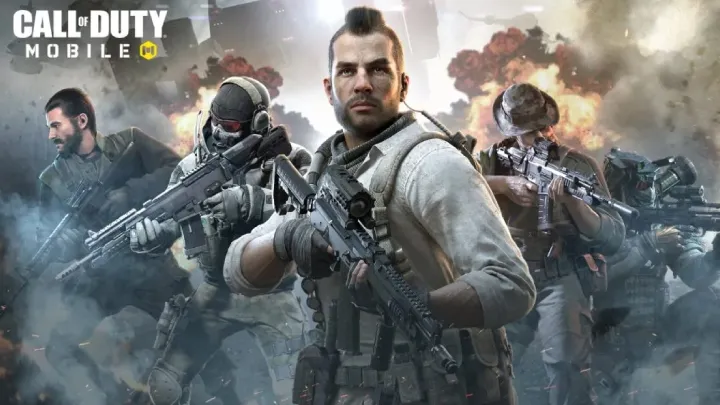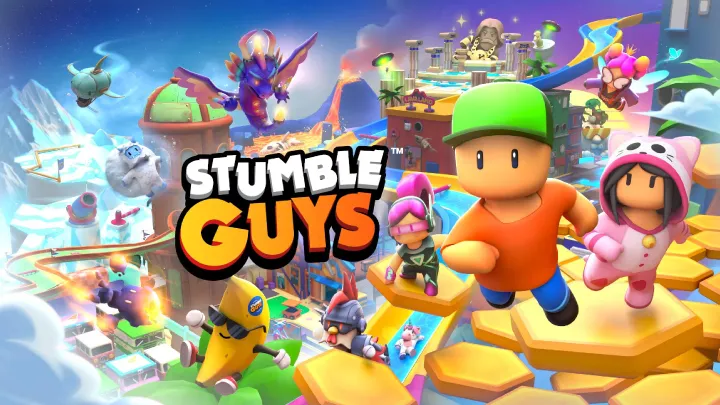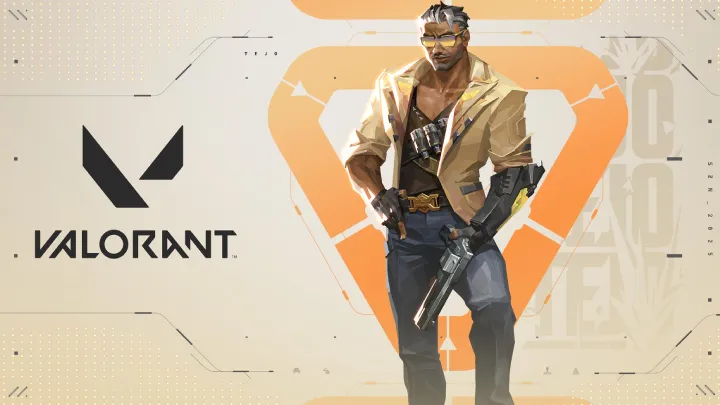Introduction
Valorant, developed by Riot Games, is one of the most influential tactical shooters in the modern esports era. Combining the precision gunplay of Counter-Strike with the unique agent abilities of hero-based shooters, Valorant has redefined the competitive FPS landscape. Whether you’re a beginner trying to understand agents or a veteran aiming for Immortal rank, mastering the game requires deep knowledge of mechanics, strategy, and teamwork. This guide will walk you through every critical element of Valorant, from fundamental gameplay to advanced competitive tactics.
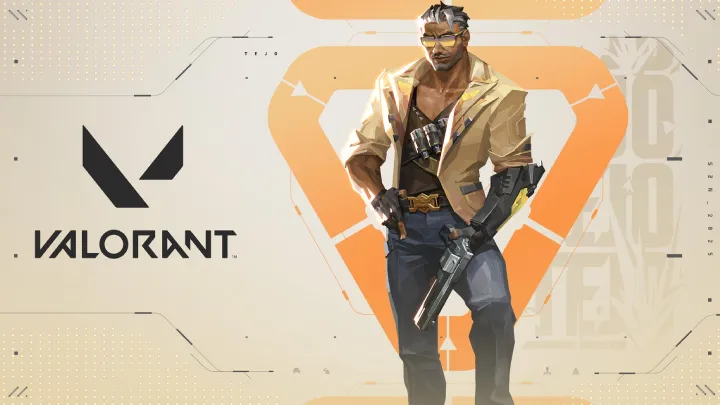
1. Understanding Valorant’s Core Gameplay
Valorant’s foundation lies in 5v5 tactical shooting where two teams alternate between attacking and defending. The attackers aim to plant the spike, while defenders must prevent it or defuse after the plant.
- Matches are played in a best-of-25 rounds format.
- Economy management (credits, weapons, and utility) is central.
- One mistake can shift the momentum of an entire match.
The Balance of Gunplay and Abilities
Unlike traditional shooters, abilities are not replacements for weapons—they support gunplay. Headshot accuracy often determines duels, but abilities provide tactical edges, like blocking vision or creating escape paths.
2. Choosing the Right Agent
Valorant features a growing roster of agents divided into four roles: Duelists, Initiators, Controllers, and Sentinels.
Duelists
- Purpose: Entry fraggers, designed to get kills and create space.
- Examples: Jett, Reyna, Phoenix.
Controllers
- Purpose: Shape the battlefield with smokes and walls.
- Examples: Brimstone, Viper, Omen.
Initiators
- Purpose: Gather intel, disrupt defenders, and open sites.
- Examples: Sova, Breach, Skye.
Sentinels
- Purpose: Defensive anchors, focused on utility and area control.
- Examples: Sage, Killjoy, Chamber.
Pro Tip: New players should start with balanced agents like Brimstone or Sage before moving to high-skill-cap agents like Jett.
3. Weapon Mastery and Economy Management
Valorant’s arsenal includes pistols, SMGs, rifles, snipers, and shotguns. The Vandal and Phantom dominate rifle choice, but situational awareness dictates weapon buying.
Key Points on Economy
- Eco Rounds: Save credits, use pistols, and aim for headshots.
- Force Buys: Risky investment when trailing, often with SMGs or shotguns.
- Full Buys: Rifle + armor + abilities = ideal round setup.
Weapon Tips
- Phantom: Better for spray control, close to mid-range.
- Vandal: Higher damage, perfect for precision long-range.
- Operator: Expensive but lethal, usually in the hands of a sniper main.
4. Map Knowledge and Site Control
Currently, Valorant has a pool of unique maps, each with distinct mechanics.
Examples of Map-Specific Strategies
- Ascent: Mid control is crucial.
- Bind: Teleporters allow fast rotations.
- Icebox: Verticality changes engagements.
- Split: Tight chokepoints reward strong utility usage.
Map Awareness Tip: Learn default plant spots and common angles to clear when entering a site.
5. Communication and Team Coordination
Valorant is not a solo game—communication is critical.
Effective Communication Strategies
- Call out enemy locations using map callouts.
- Share economy status to coordinate buys.
- Use short, clear info (e.g., “Two pushing A main, one low HP”).
The Role of Teamwork
Teams with great synergy often outperform mechanically superior players. Knowing when to push, rotate, or save is a team decision.
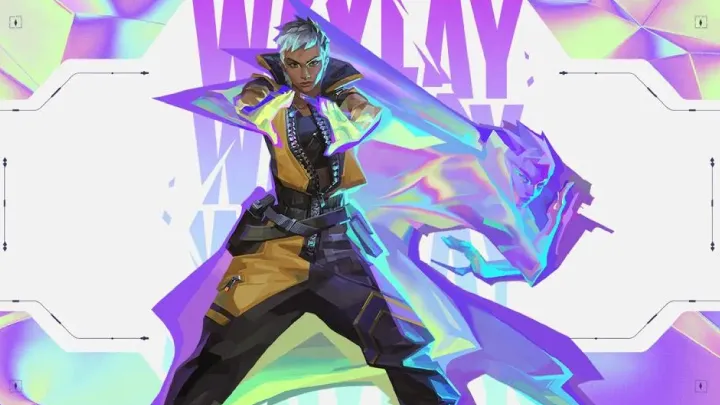
6. Advanced Mechanics: Crosshair, Movement, and Utility
Valorant’s shooting mechanics reward discipline.
Crosshair Placement
- Always keep crosshair at head level.
- Pre-aim common angles before peeking.
Movement Control
- Counter-strafing improves accuracy when peeking.
- Jump peeks help gather info safely.
Utility Usage
Abilities should not be wasted. Example: Save a smoke for post-plant rather than early-round pressure.
7. Competitive and Ranked Play
The ranked ladder ranges from Iron to Radiant.
Climbing the Ranks
- Focus on impact plays rather than chasing kills.
- Consistency is more important than streaky performance.
- Playing in a coordinated stack often yields better results than solo queue.
Ranked Meta
- Duelist-heavy comps dominate lower ranks.
- Higher ranks rely on balanced team compositions.
8. Esports and Pro Scene Strategies
Valorant has one of the fastest-growing esports ecosystems.
Key Esports Insights
- Pro players emphasize utility synergy.
- Teams prepare map-specific playbooks.
- Mental resilience is as important as aim.
Learning from Pros: Watching VCT (Valorant Champions Tour) matches can help you adopt strategies.
9. Common Mistakes and How to Avoid Them
Many players plateau because they repeat basic errors.
Mistakes to Fix
- Over-peeking without utility.
- Ignoring minimap and sound cues.
- Mismanaging credits and abilities.
Improvement Plan
- Record gameplay and review mistakes.
- Practice aim in custom games.
- Play fewer agents but master their mechanics.
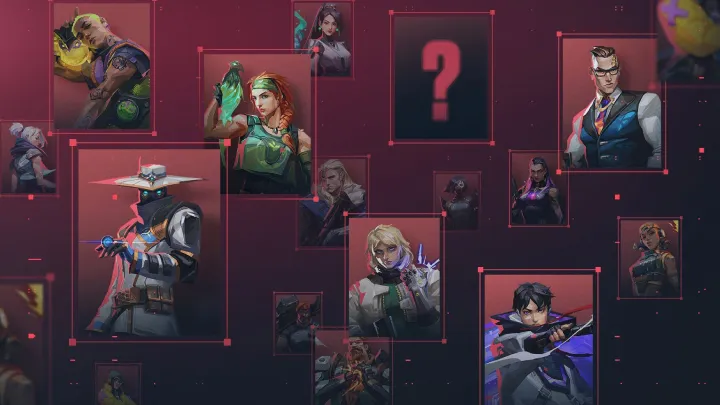
10. The Future of Valorant and Your Growth as a Player
With constant updates, Valorant evolves every season. New maps, agents, and meta shifts ensure no two seasons are alike.
Growth Mindset for Players
- Adapt to patch changes quickly.
- Stay flexible with agent pools.
- Treat every loss as a learning opportunity.
Conclusion
Valorant is not just a game of aim—it’s a complete tactical experience. From mastering agents and weapons to climbing the ranked ladder and understanding professional strategies, every step demands patience, adaptability, and teamwork. By applying the insights in this guide, you’ll improve as a player while enjoying one of the most dynamic shooters in modern gaming.








